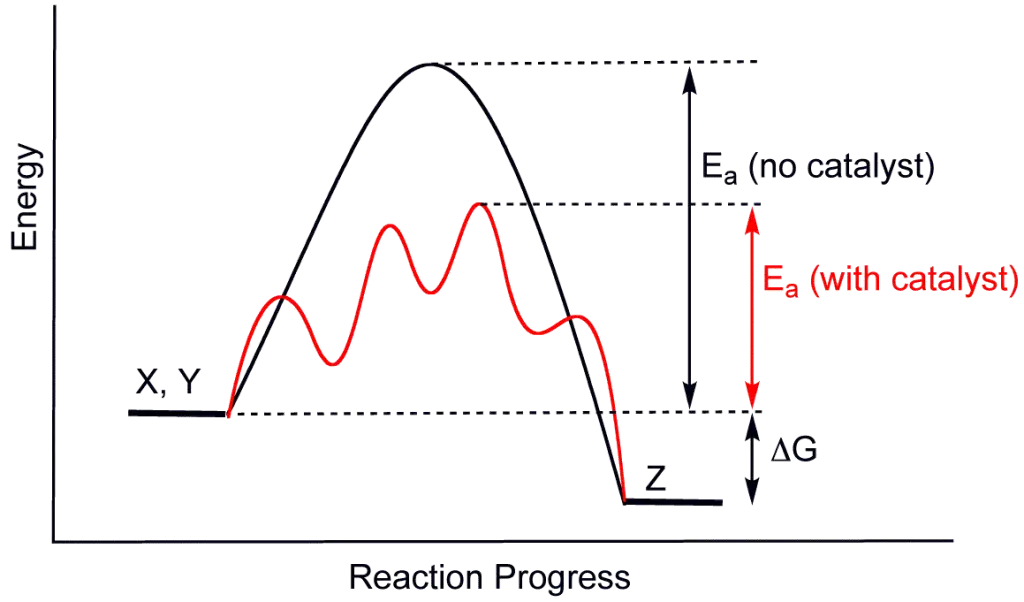
Reaction Energy Progress Diagram for Chemistry
This insightful diagram illustrates the energy changes during a chemical reaction, comparing two distinct pathways: one without a catalyst and one with. It clearly depicts how initial reactants, labeled X and Y, transition to the product Z, mapping their energy states along the reaction progress. The black curve represents the uncatalyzed reaction, showing a higher activation energy (Ea) barrier that must be overcome for the reaction to occur. In stark contrast, the red curve demonstrates the catalyzed pathway, where the presence of a catalyst significantly lowers this activation energy, thus speeding up the reaction. It's important to note that while the activation energy is altered, the overall Gibbs free energy change (ΔG) between reactants and products remains precisely the same, emphasizing that catalysts only affect reaction rate, not the equilibrium or final energy states.
chemistry - reaction - energy diagram - catalyst - activation energy - reaction progress - chemical kinetics
You Might Like
-
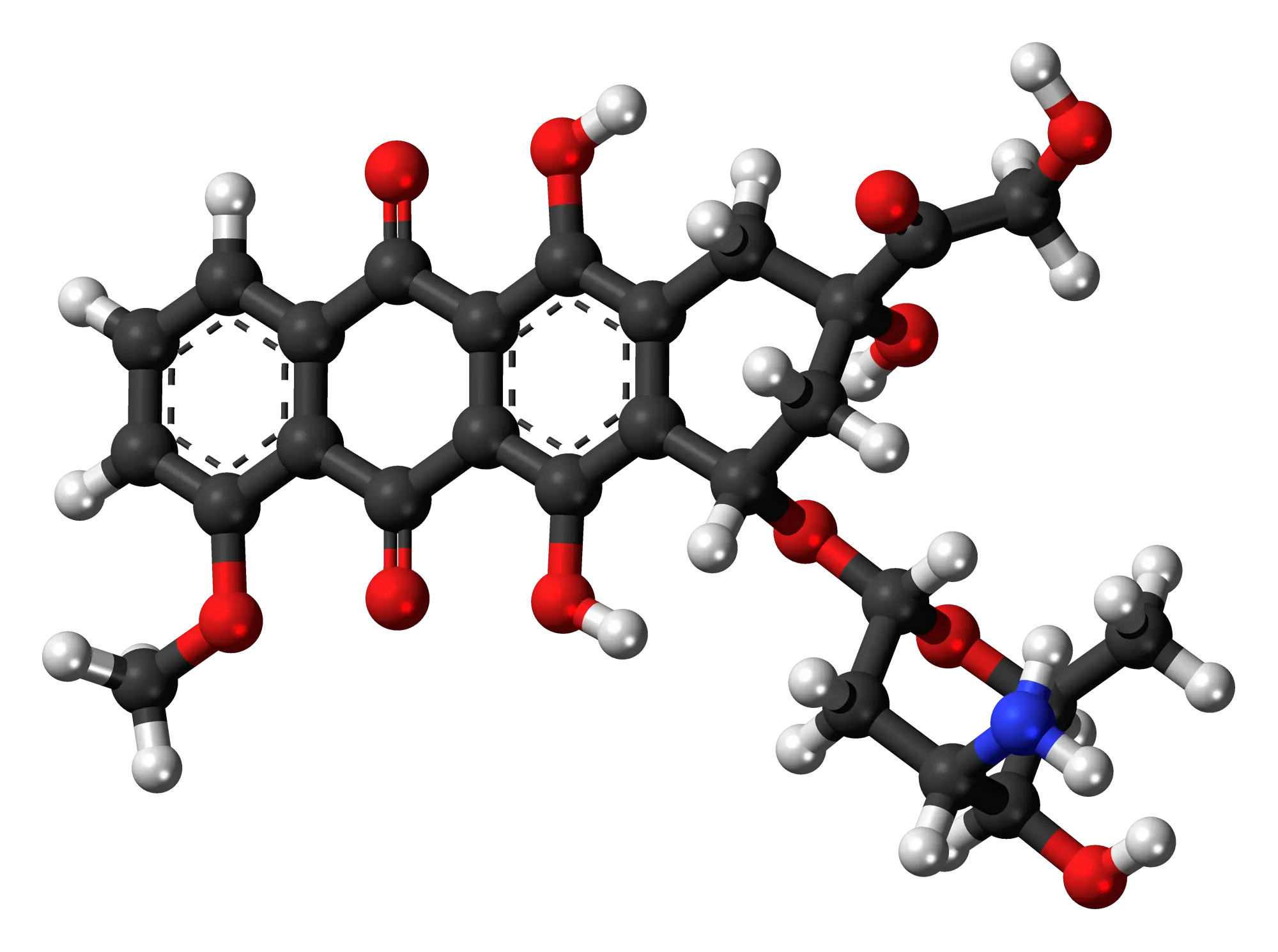
Chemical Molecule Structure Illustration -

Chemical Reactions Diagram -

Drooling Emoji with Red Eyes -

Scientific Chemical Structure Diagram -
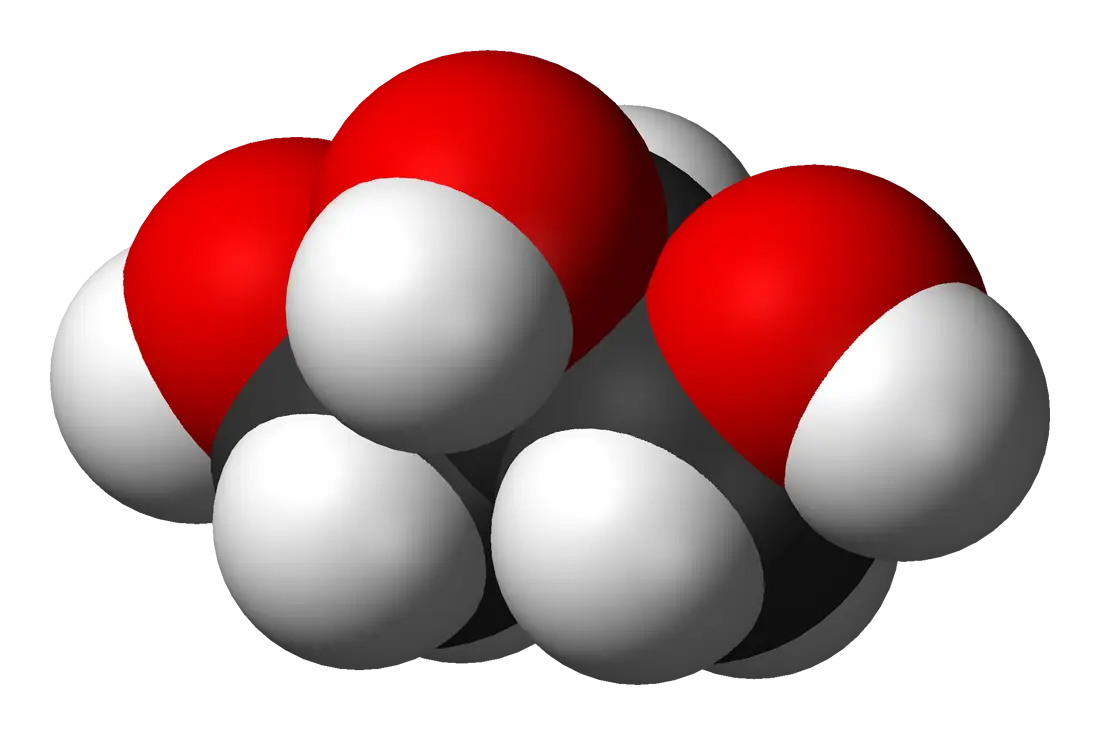
Molecule Structure Scientific Model -

Chemical Structure Illustration for Scientific Study -

Chemical Molecule Illustration -

Various Laboratory Flasks -

Round-Bottom Flask with Green Liquid -

Laboratory Experiment Setup Illustration -
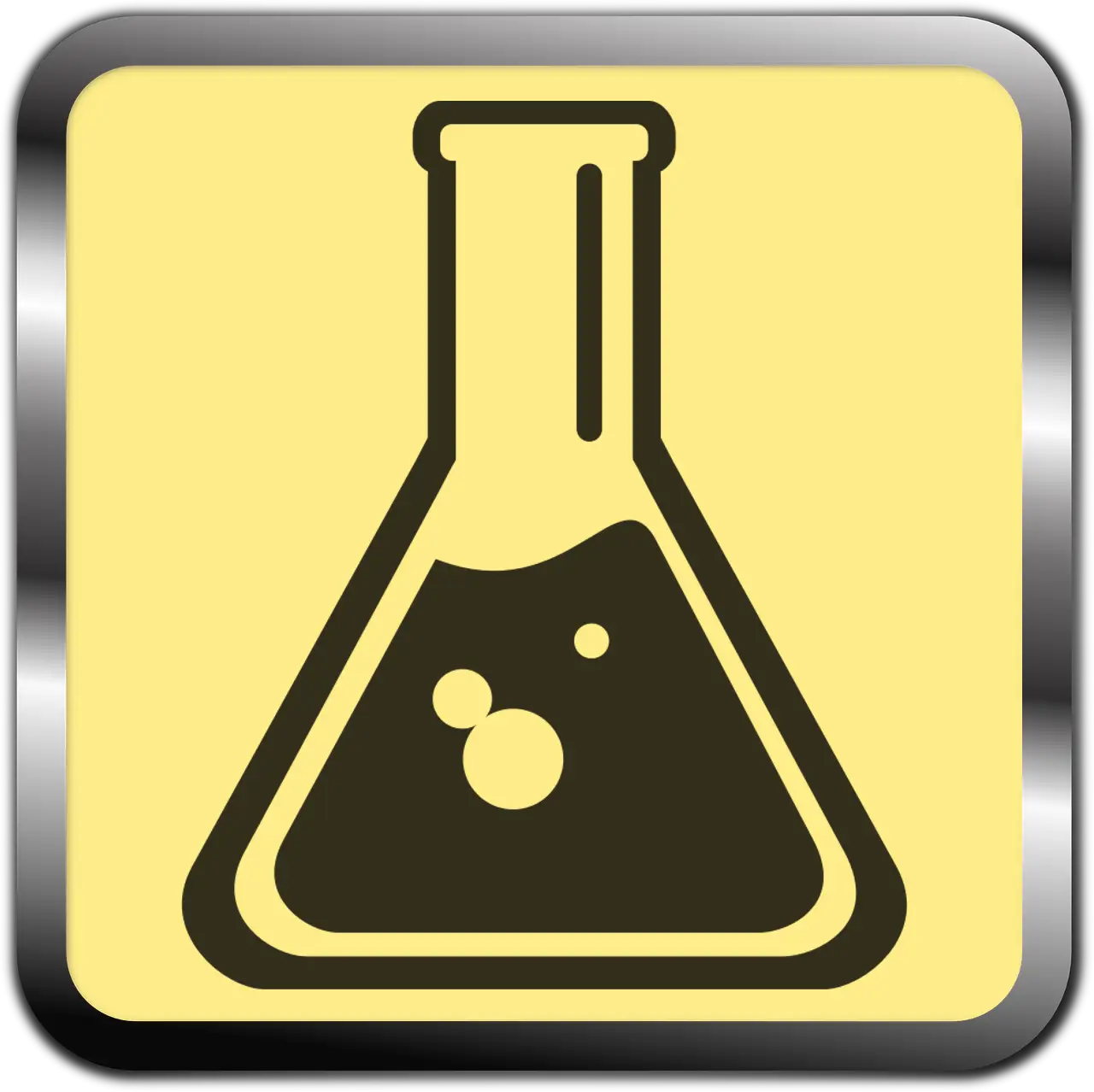
Science Beaker Icon -

Blue Heart Flask Illustration -
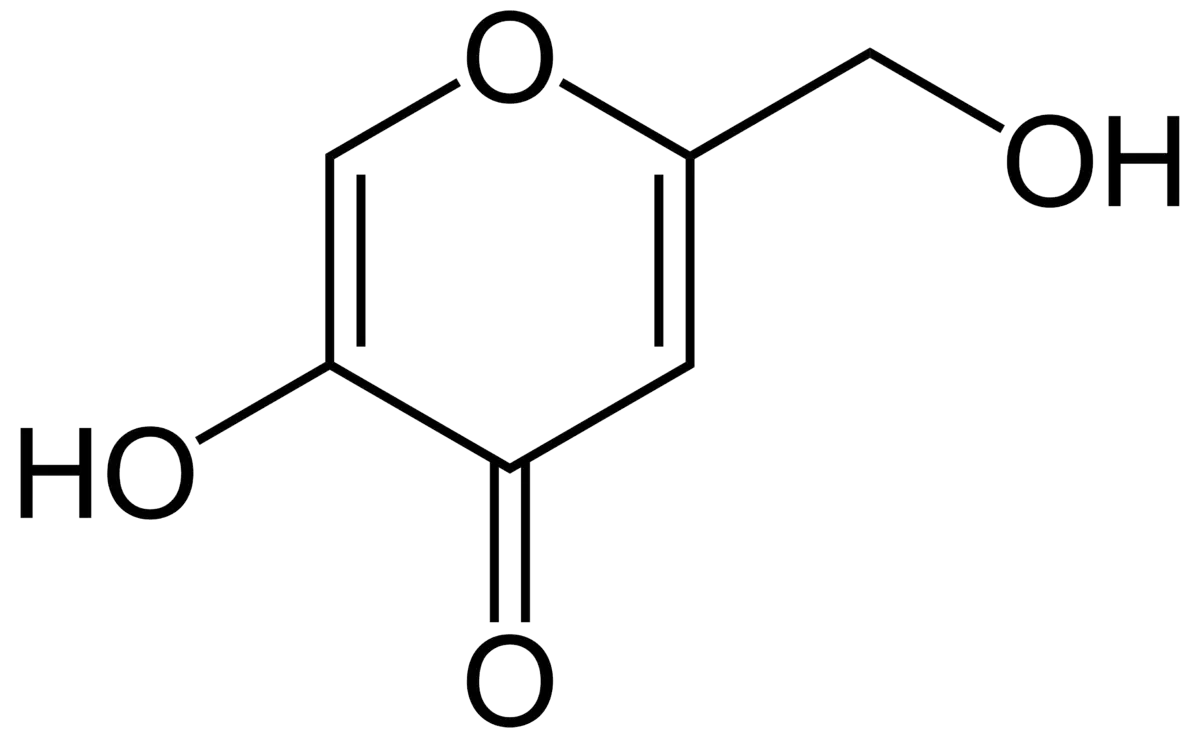
Hydroqui Organic Compound Diagram -

Dizzy Emoji with Spinning Stars -

Chemical Structure Diagram -

Blue Science Flask with Liquid -
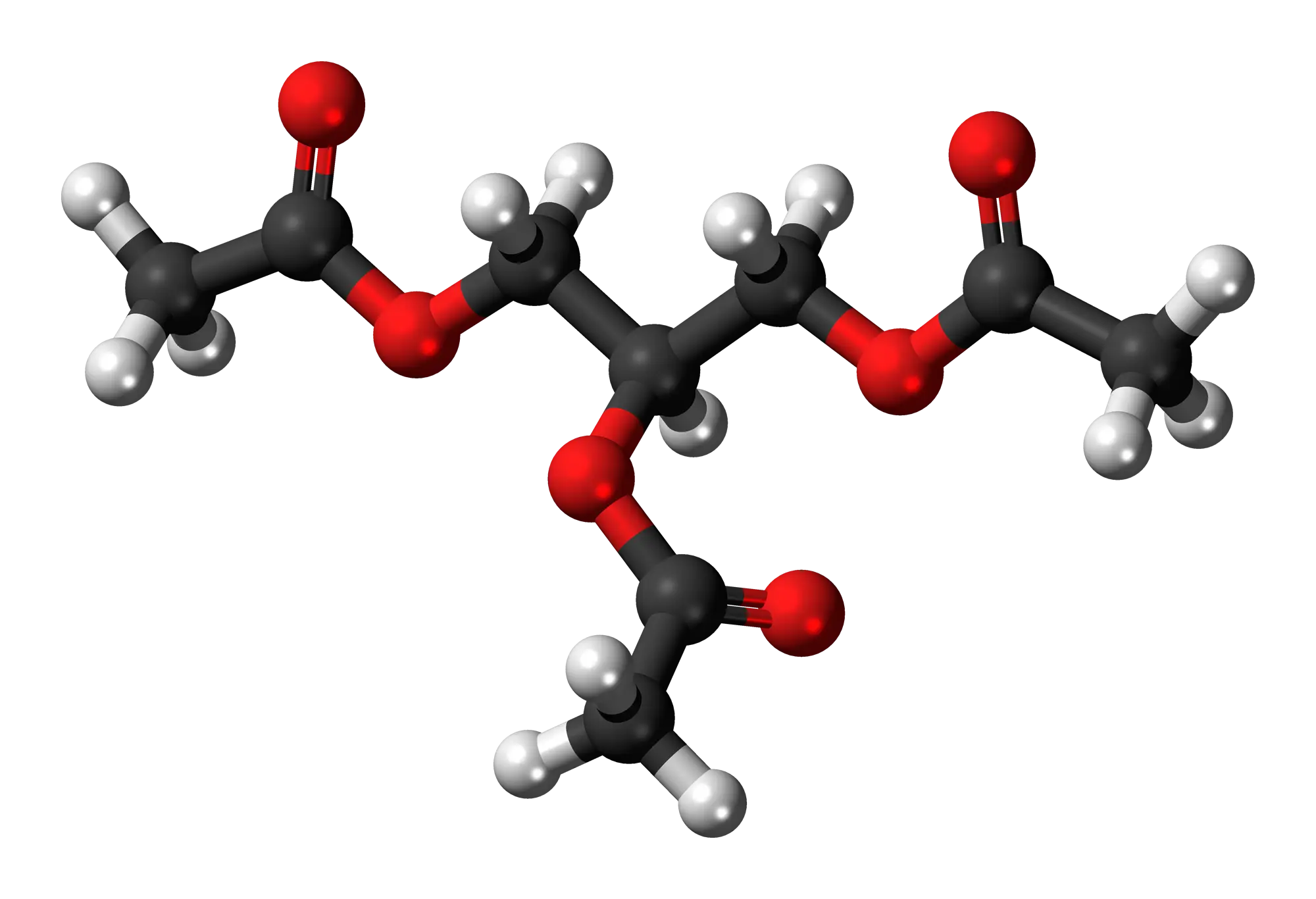
Molecular Structure Illustration for Science Study -

Sodium Persulfate Chemical Structure -

Magnesium Sulfate Chemical Structure -

Erlenmeyer Flask Outline Icon -
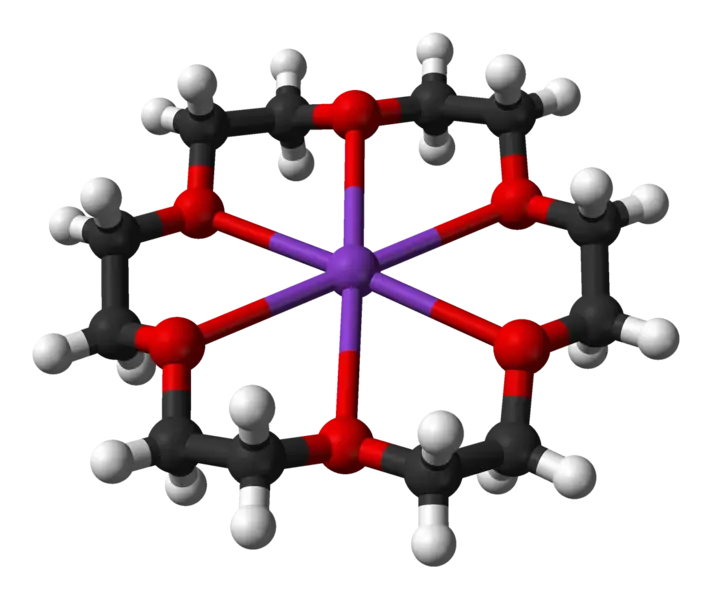
3D Chemical Structure for Educational Use -

Chemical Structure Diagram -

Green Chemistry Flask for Science Illustration -
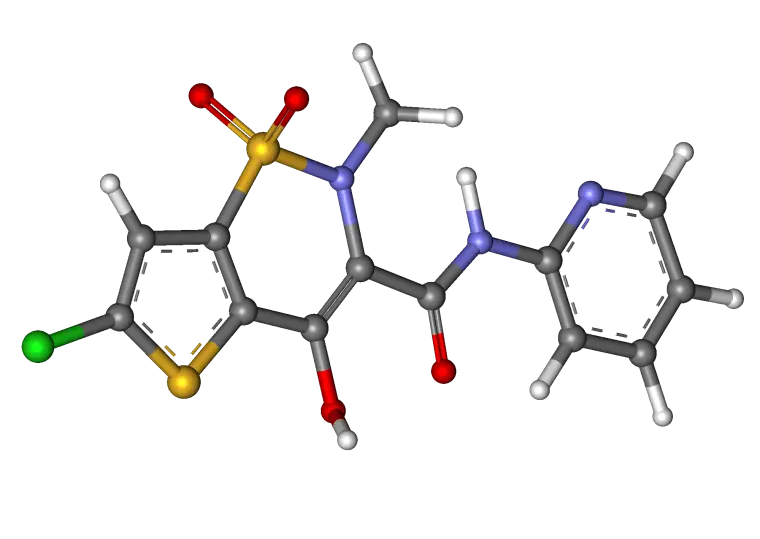
3D Chemical Structure Representation -
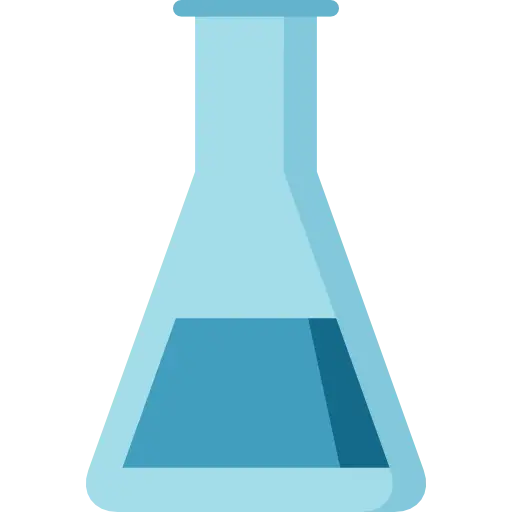
Blue Laboratory Flask Illustration -
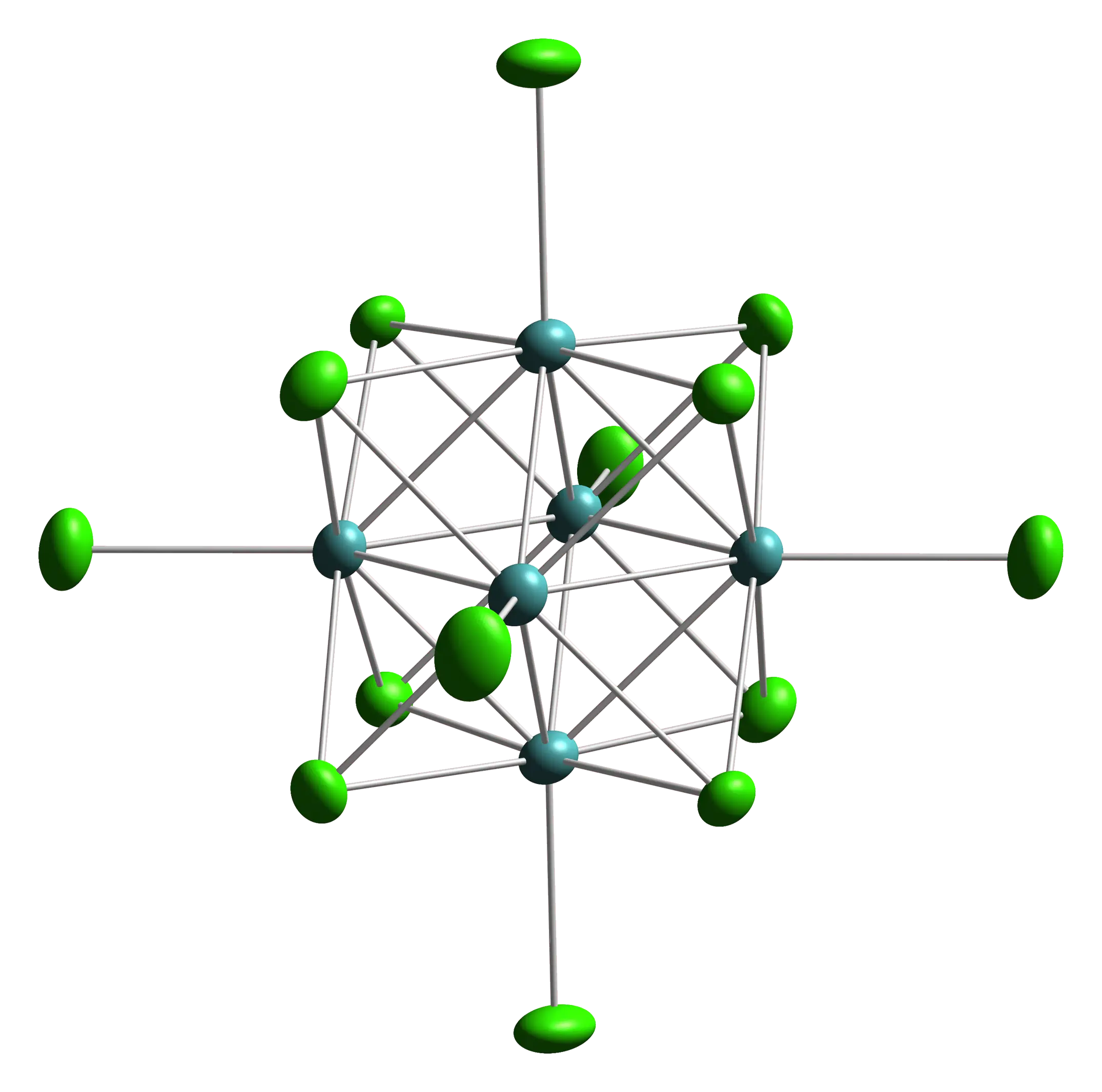
Complex Molecular Structure for Science Enthusiasts -

Surprised Man with Glasses -
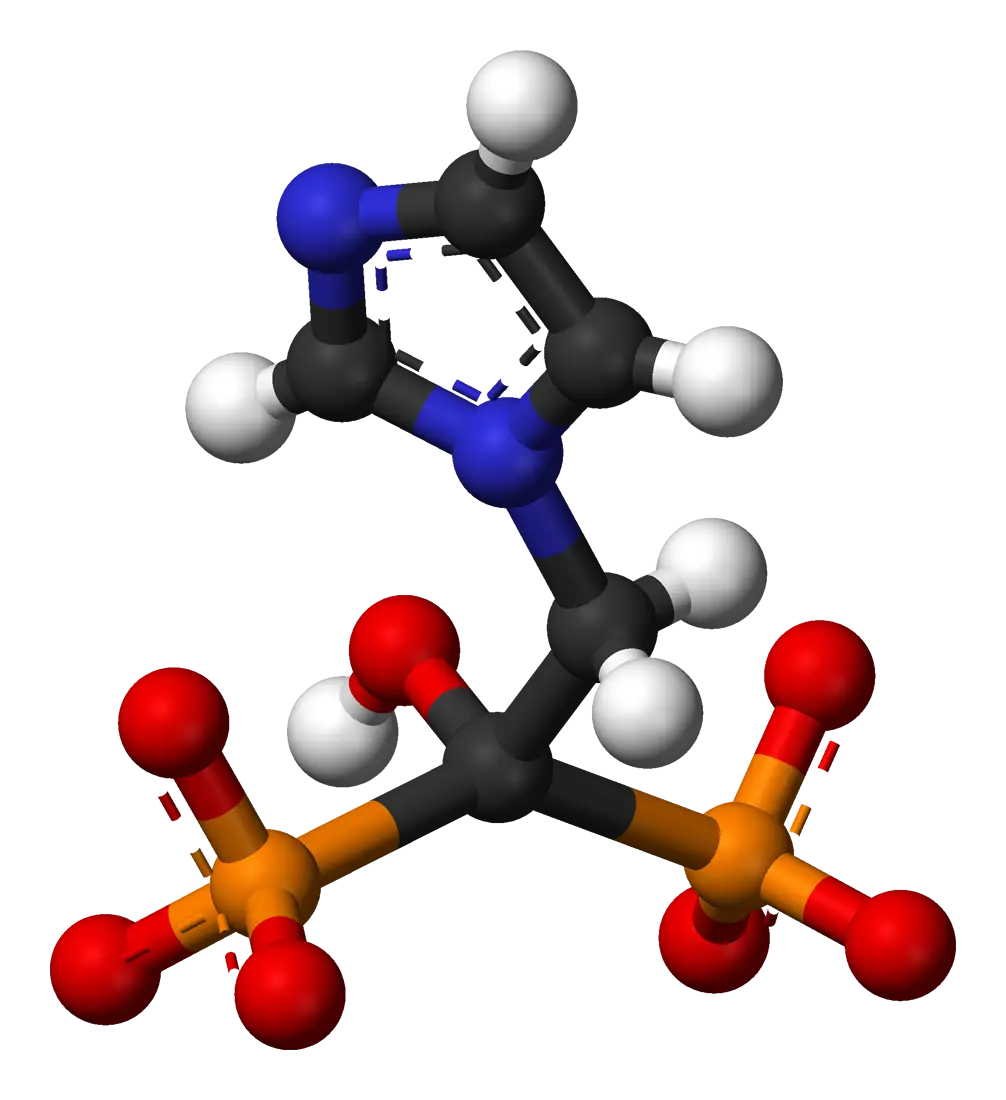
Colorful Molecular Structure Diagram -
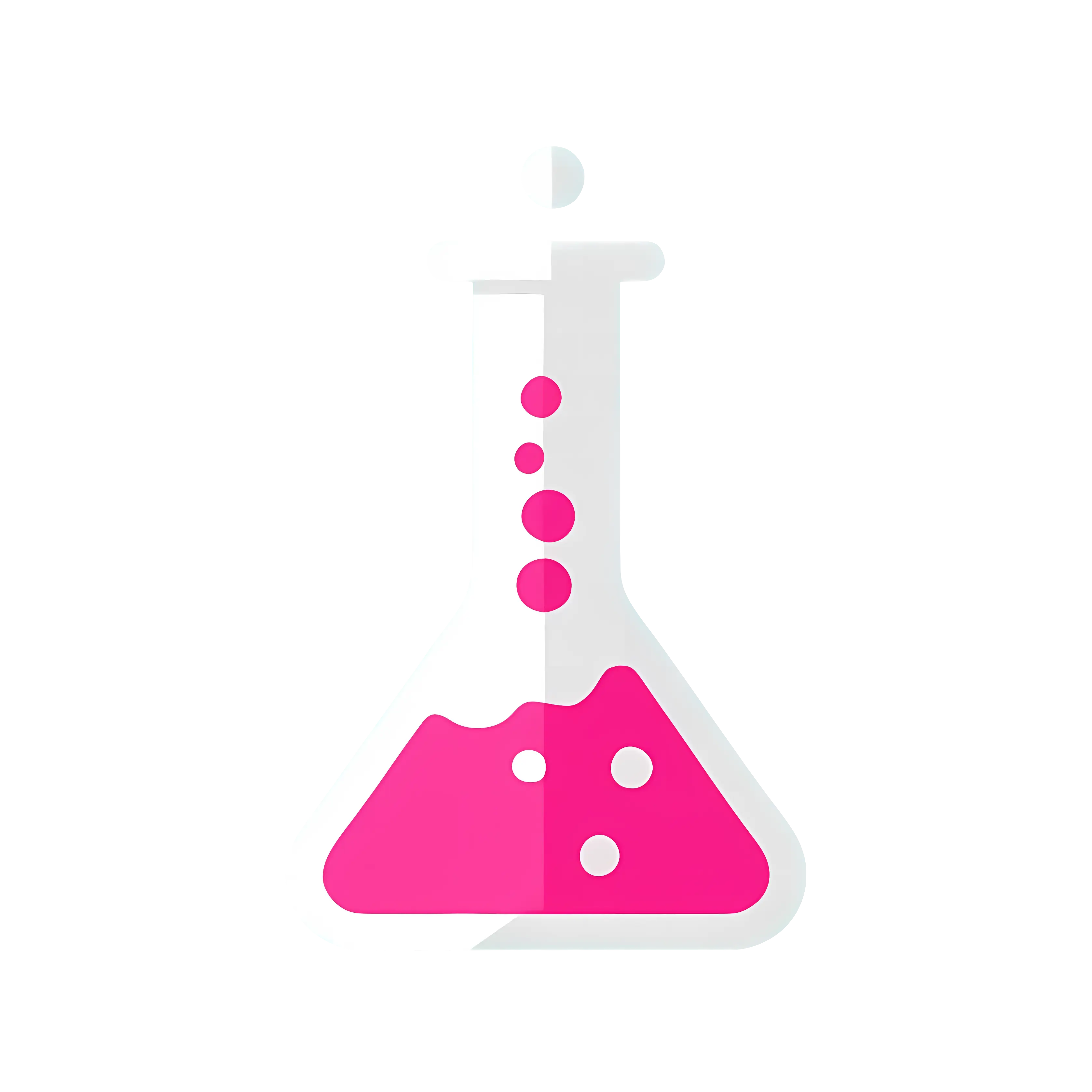
Pink Liquid in Laboratory Flask with Bubbles -
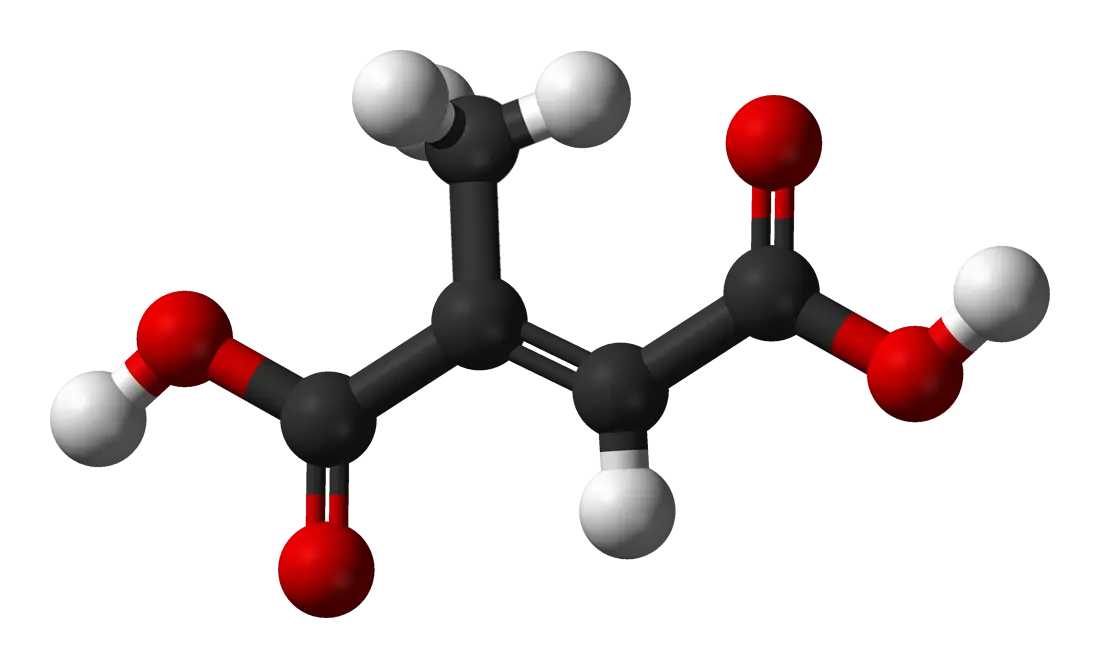
3D Molecular Model Illustration